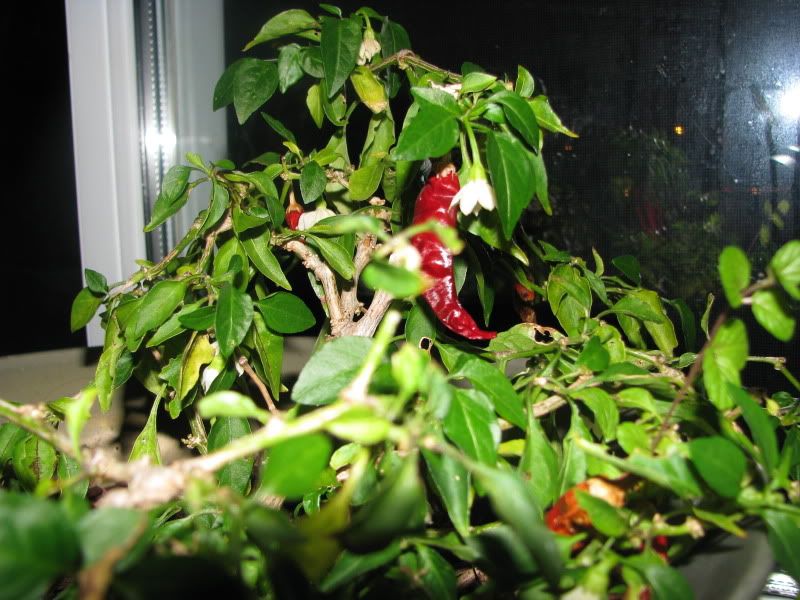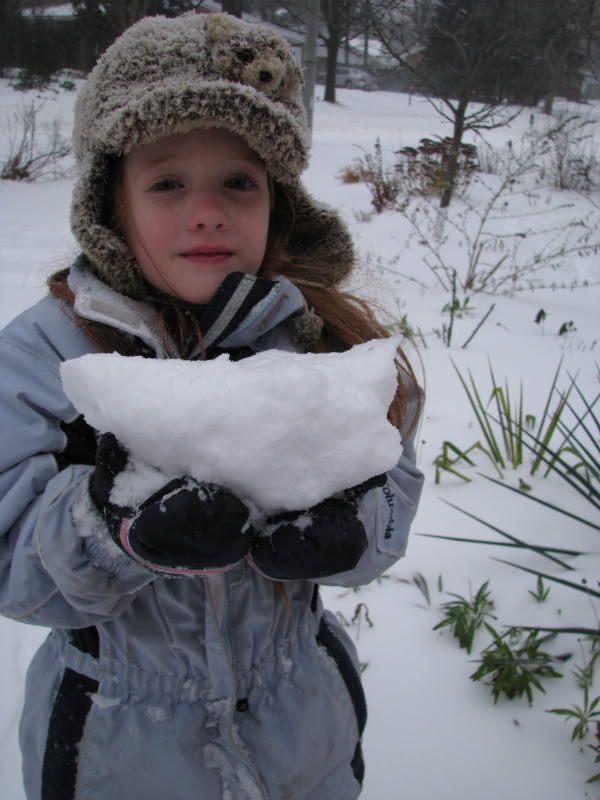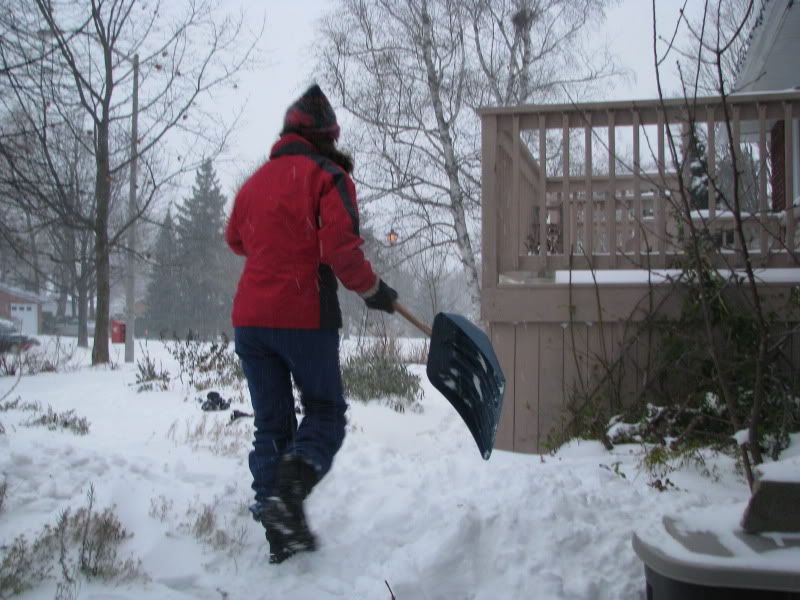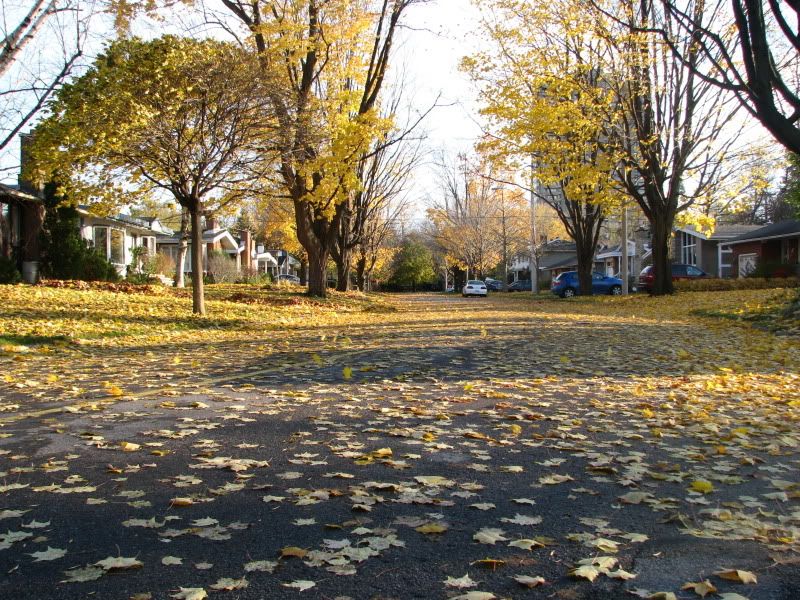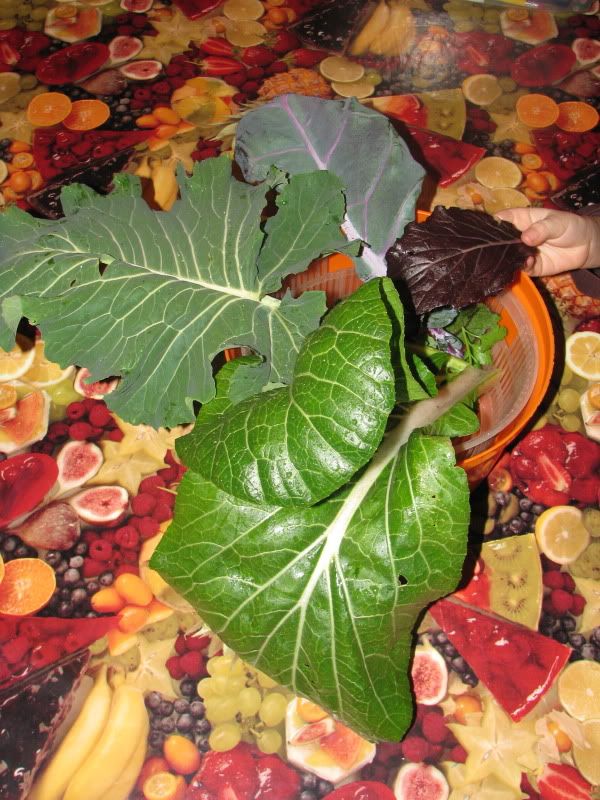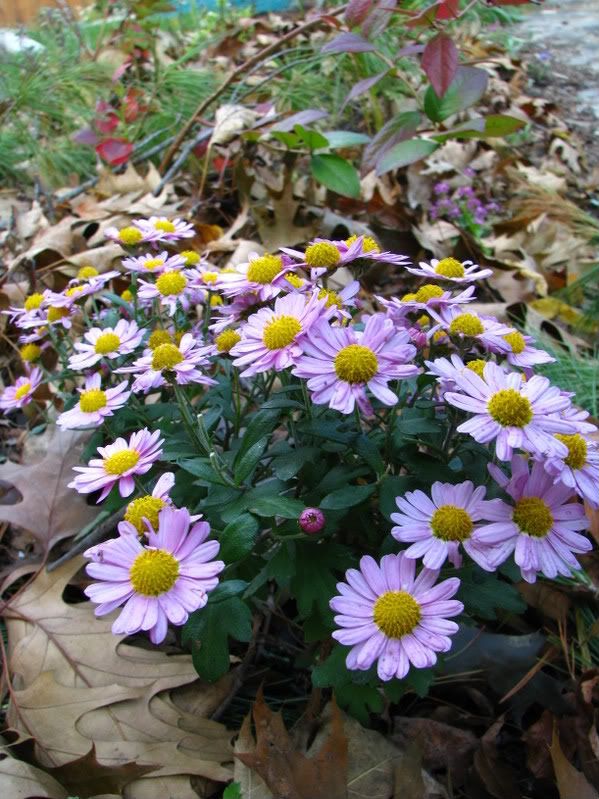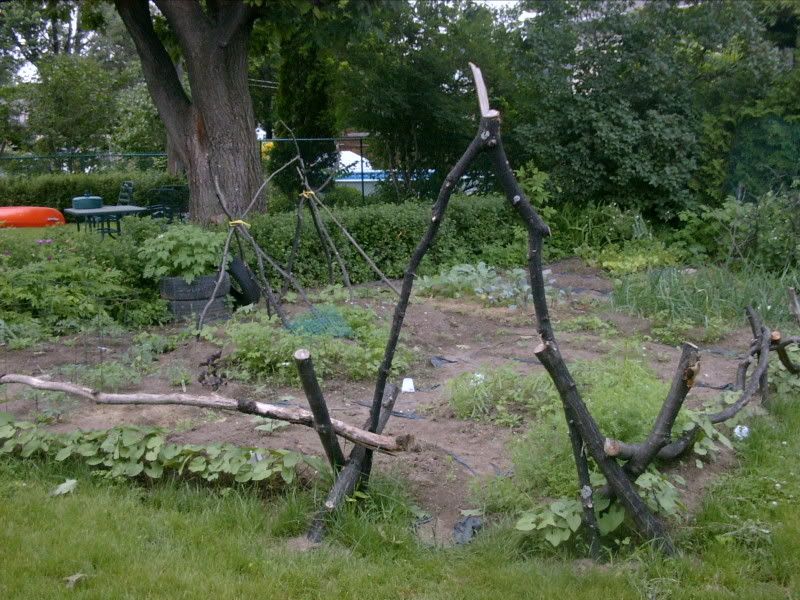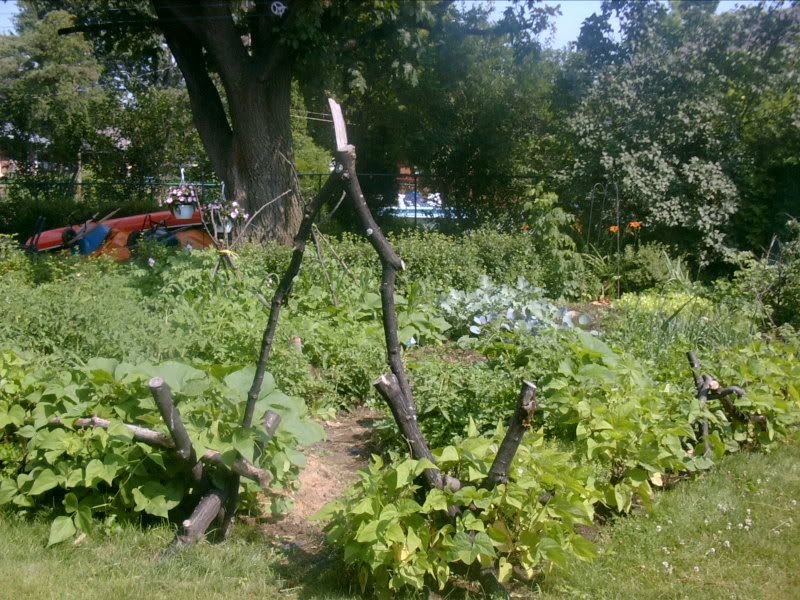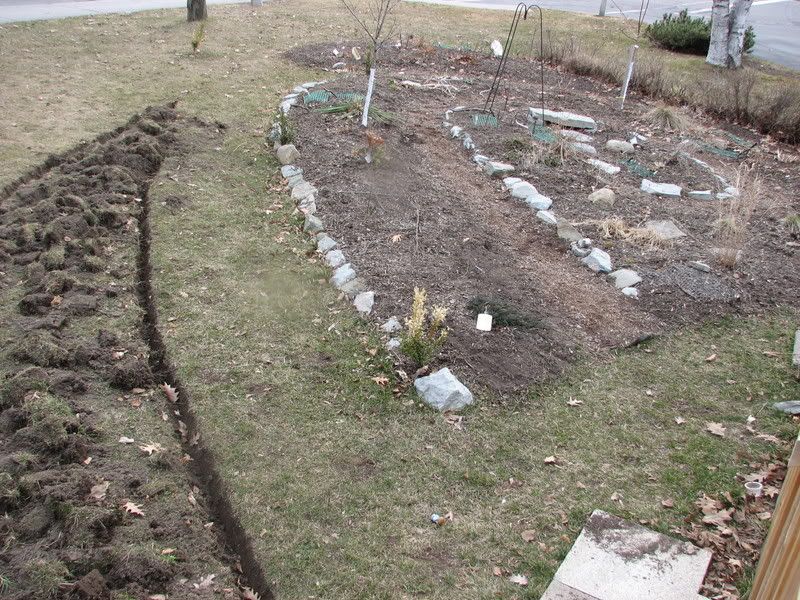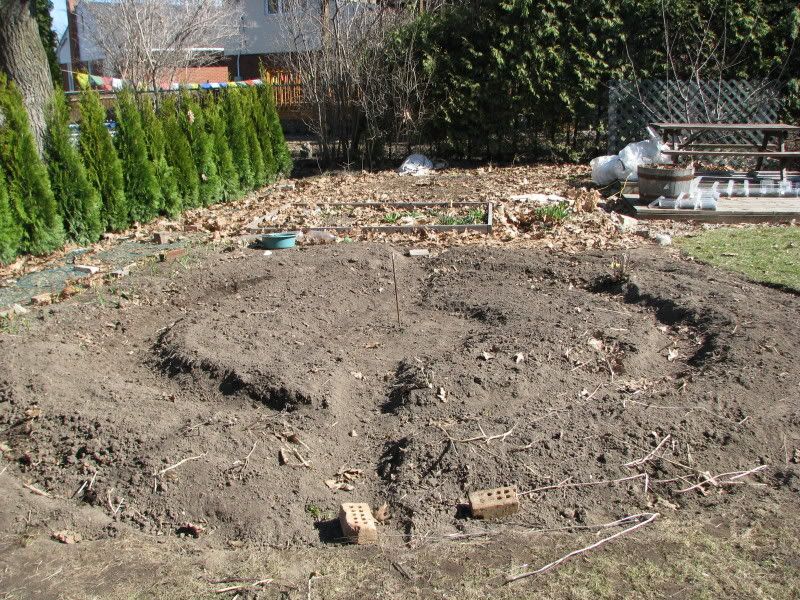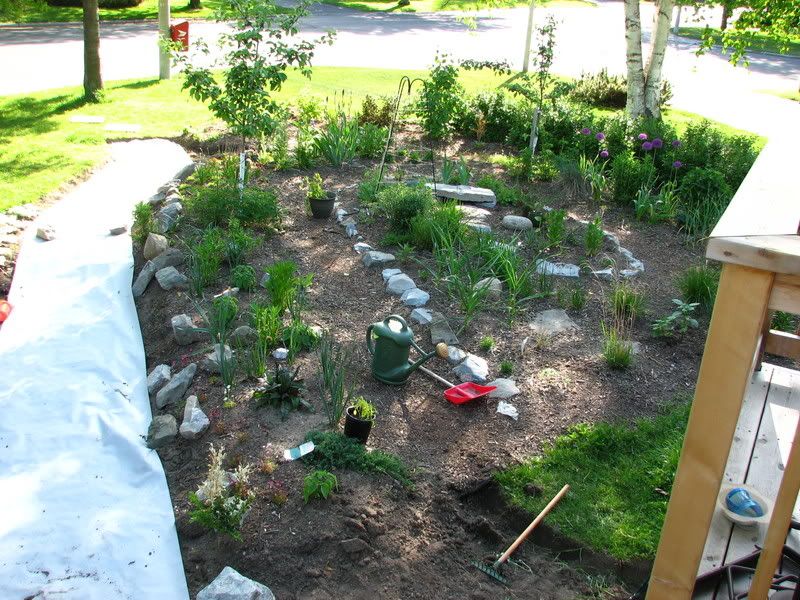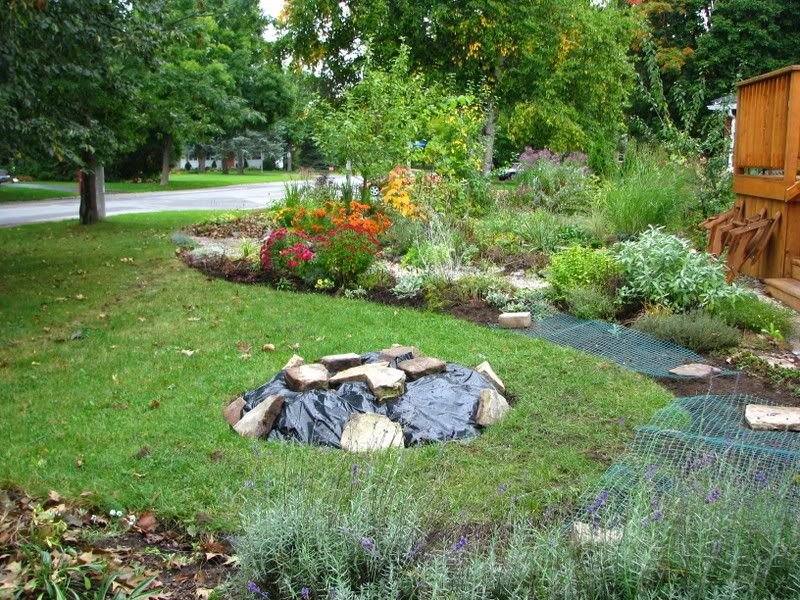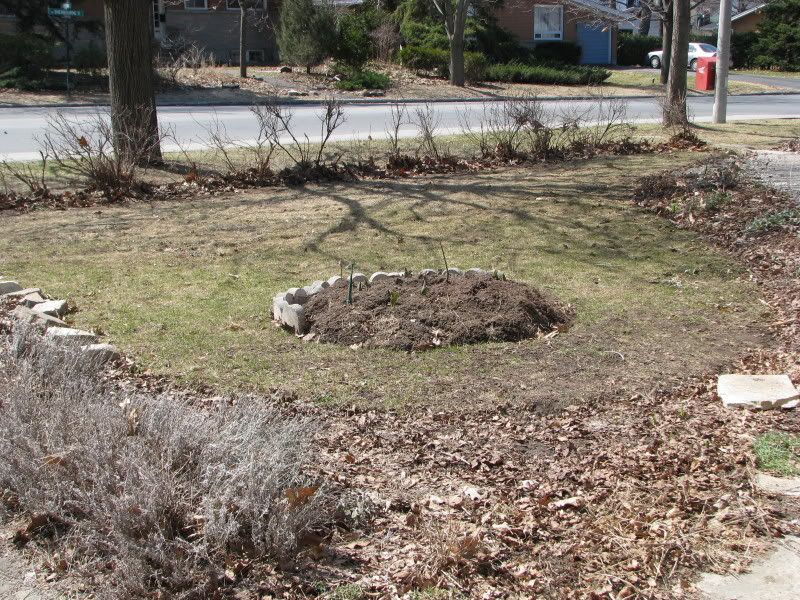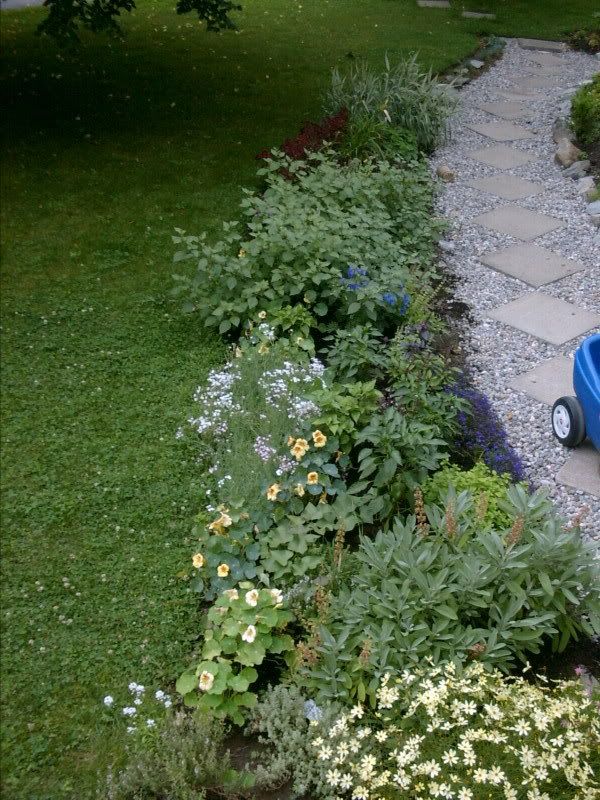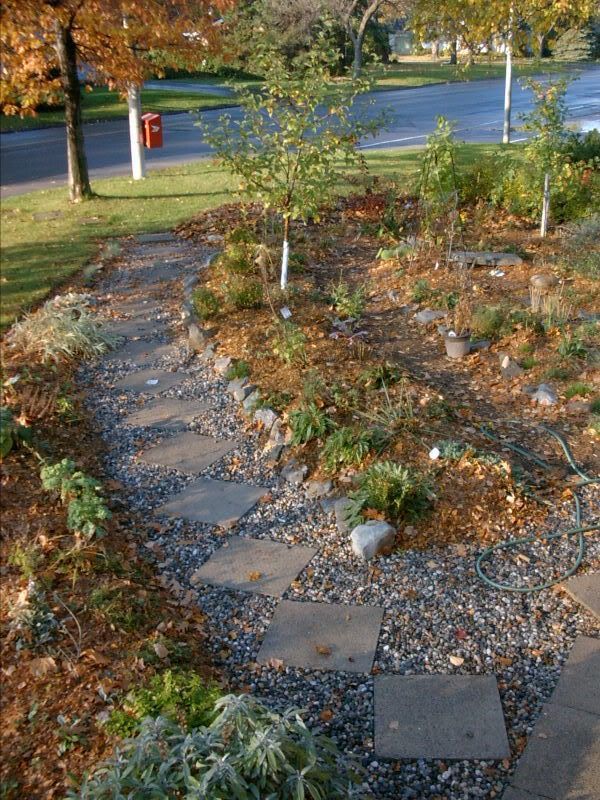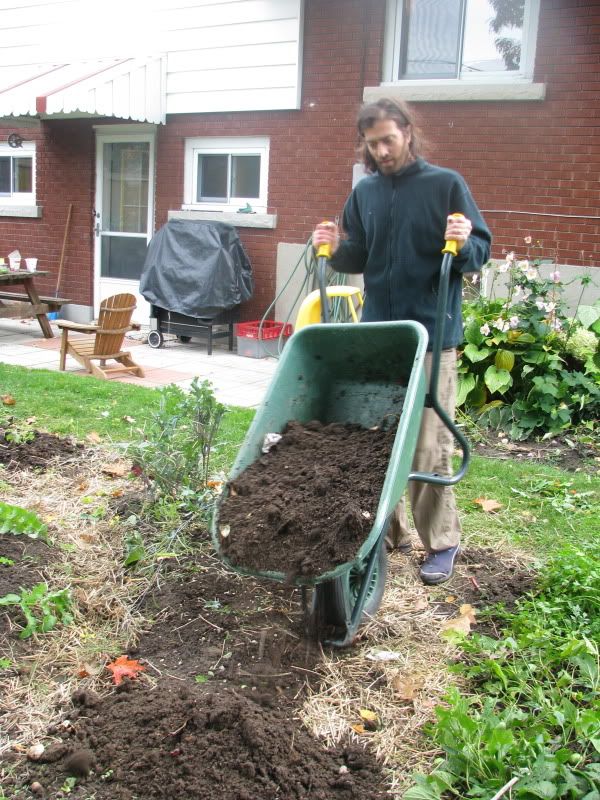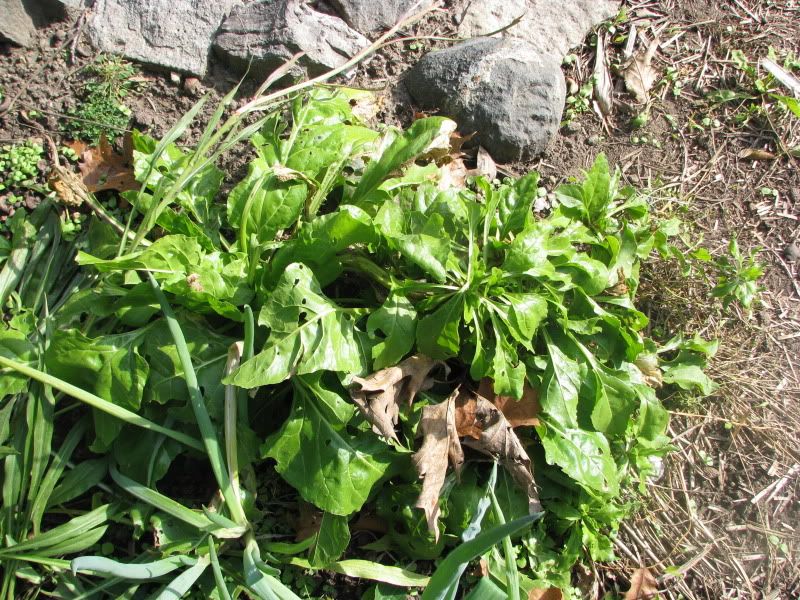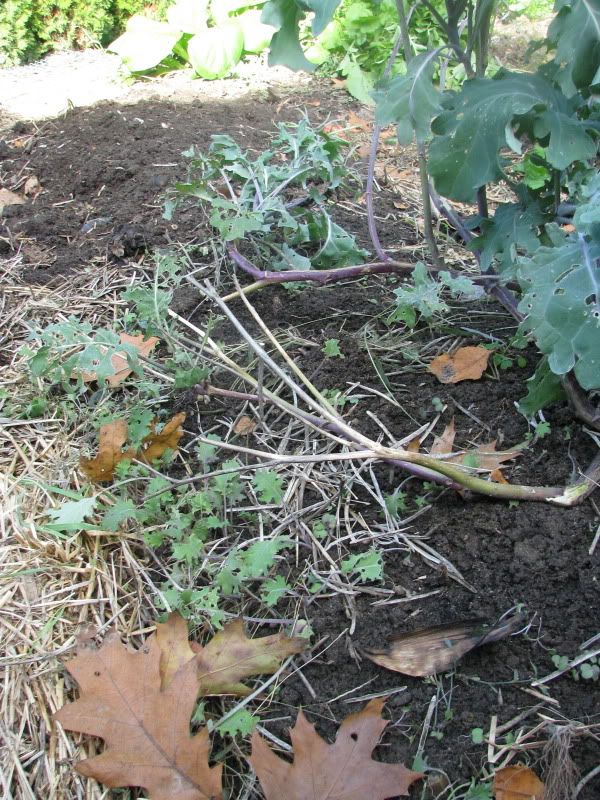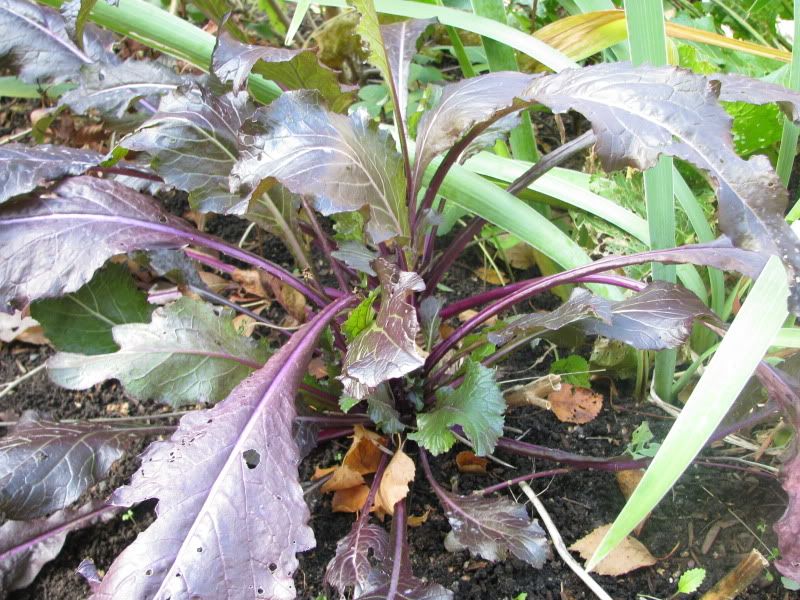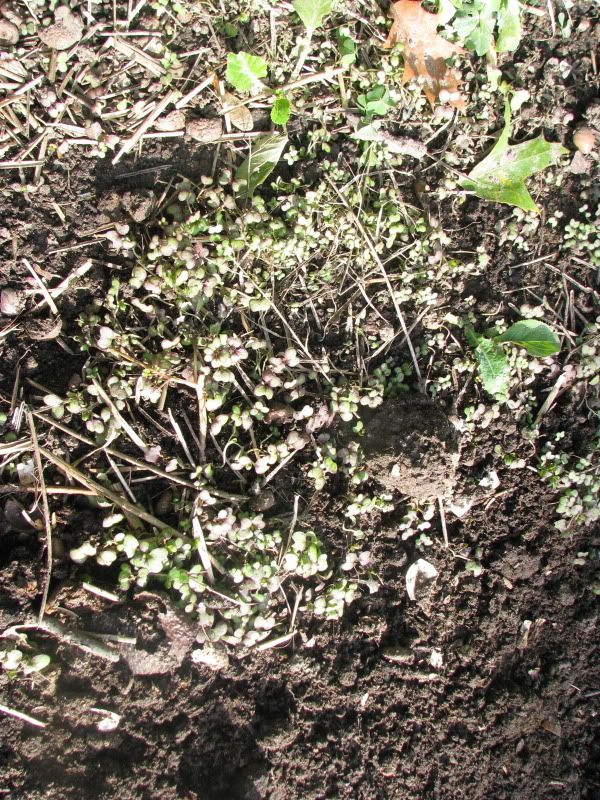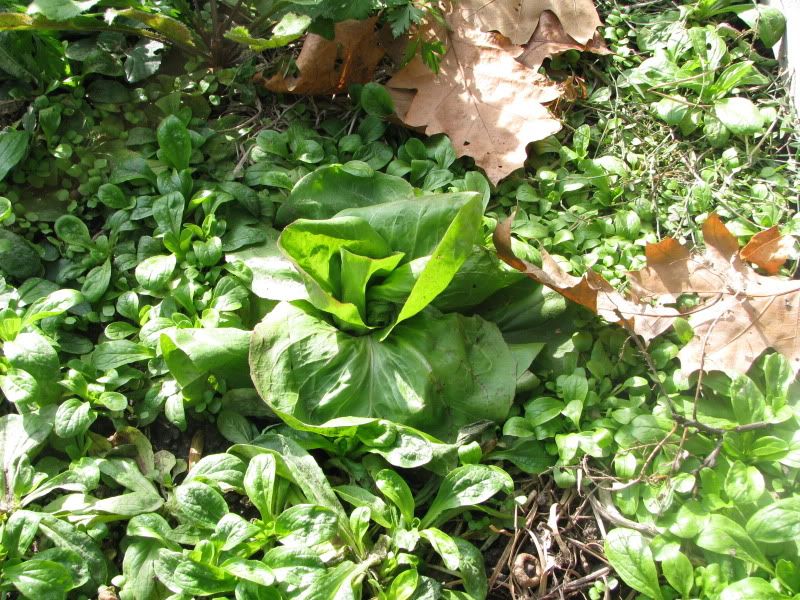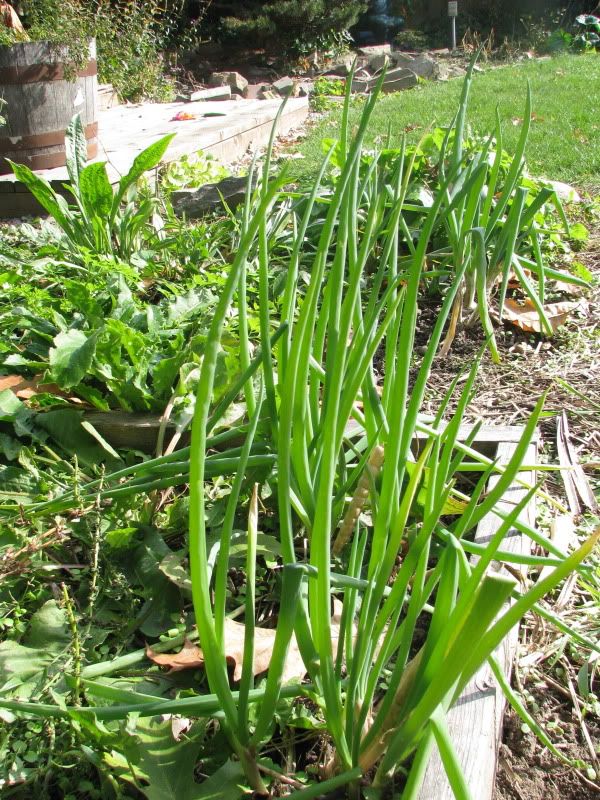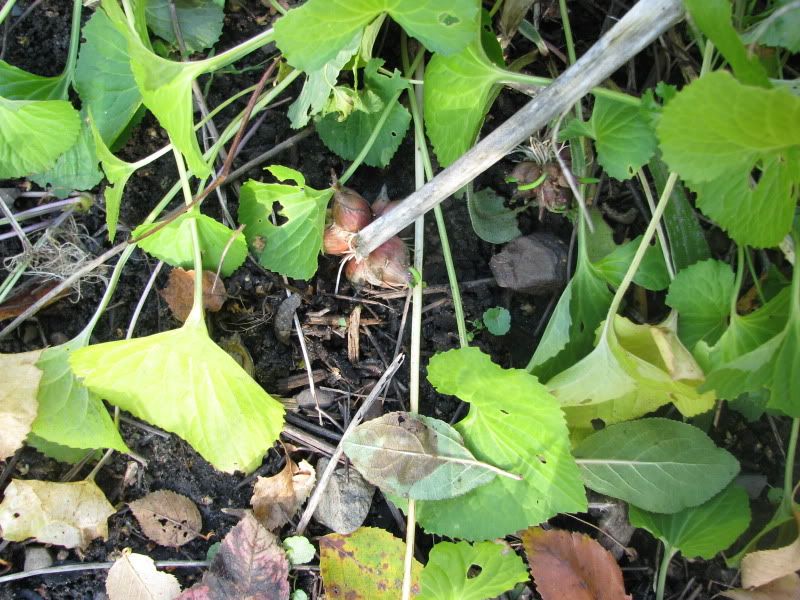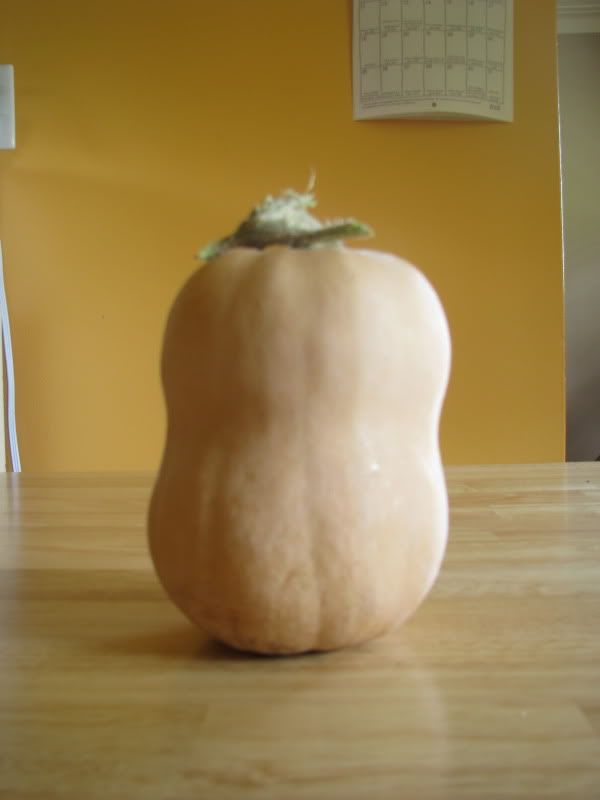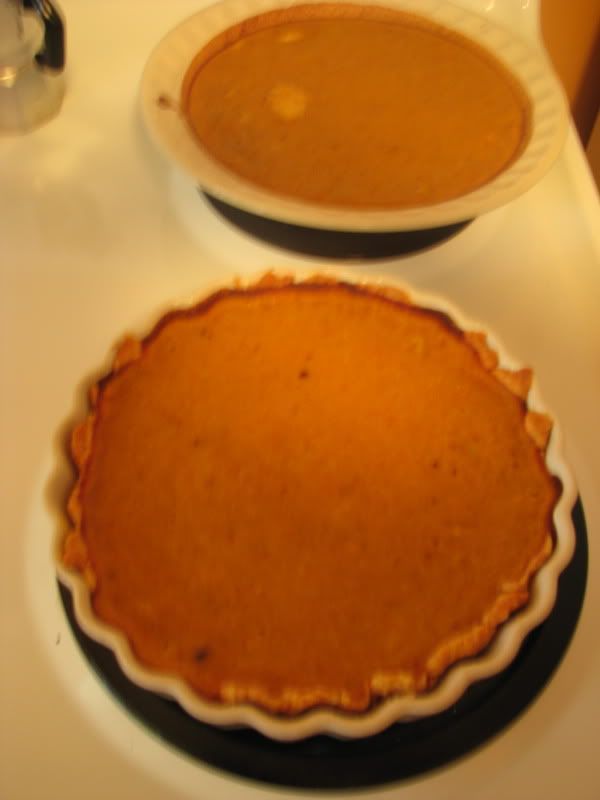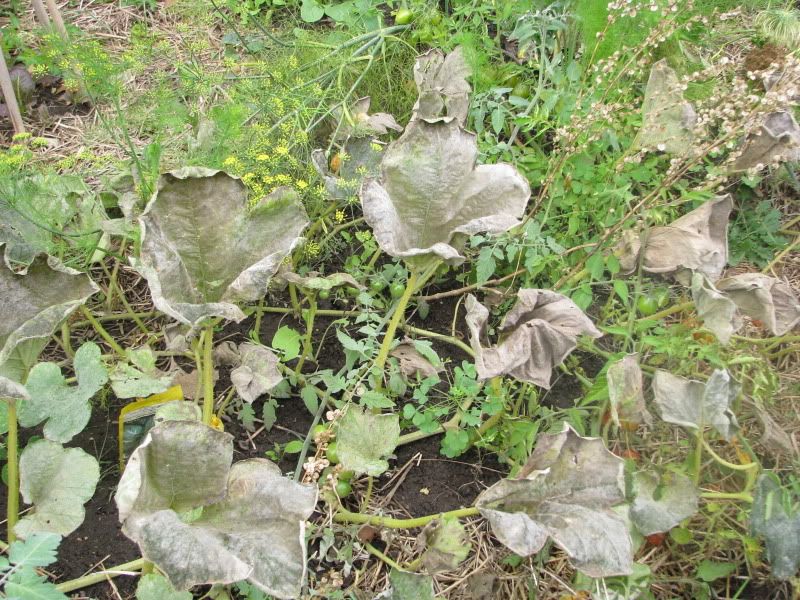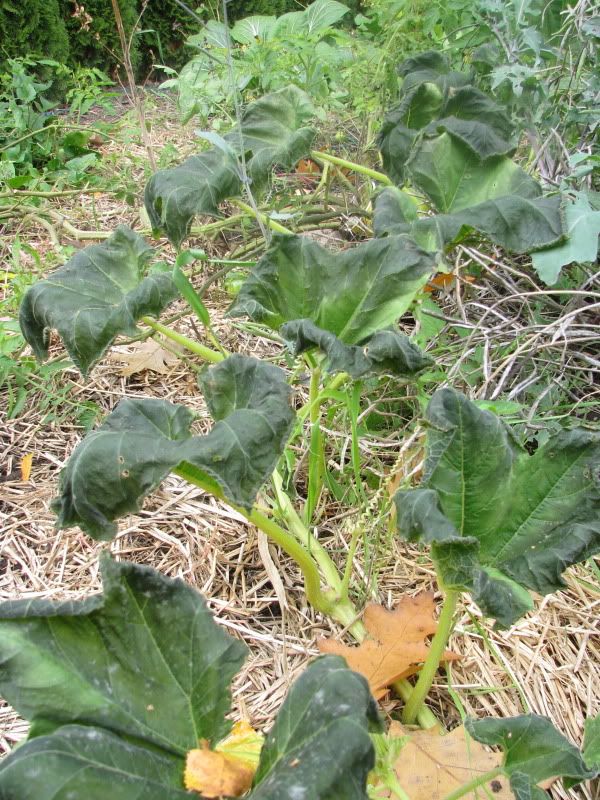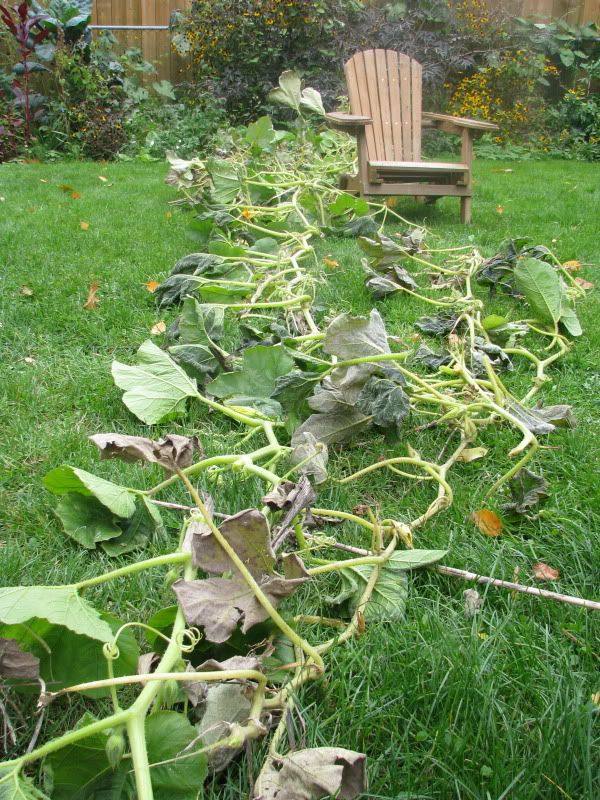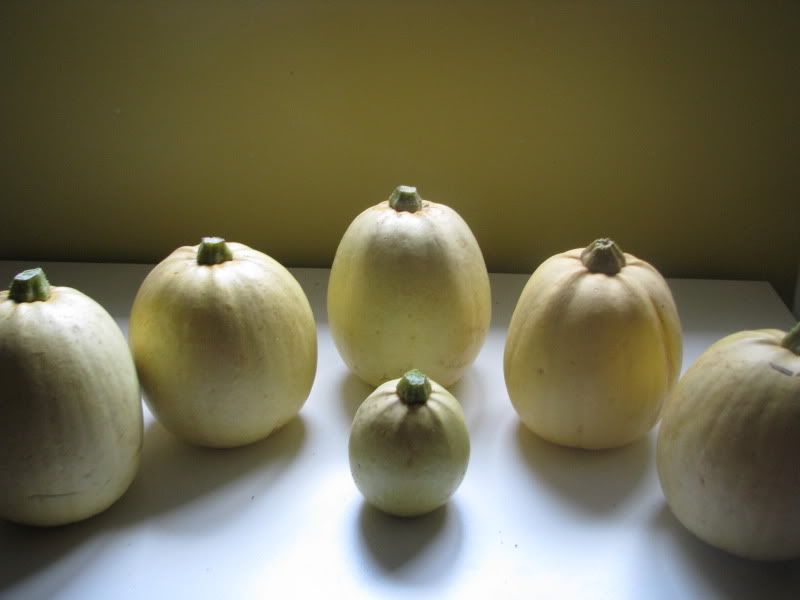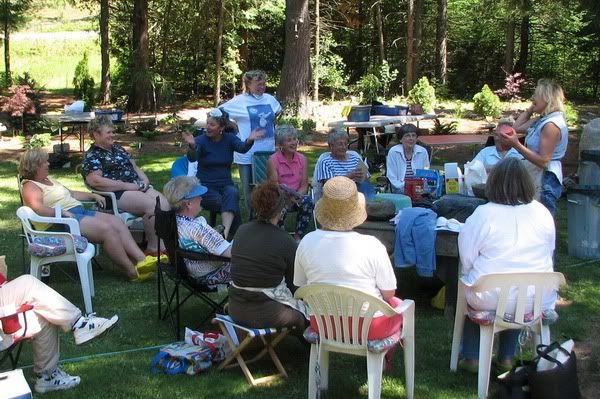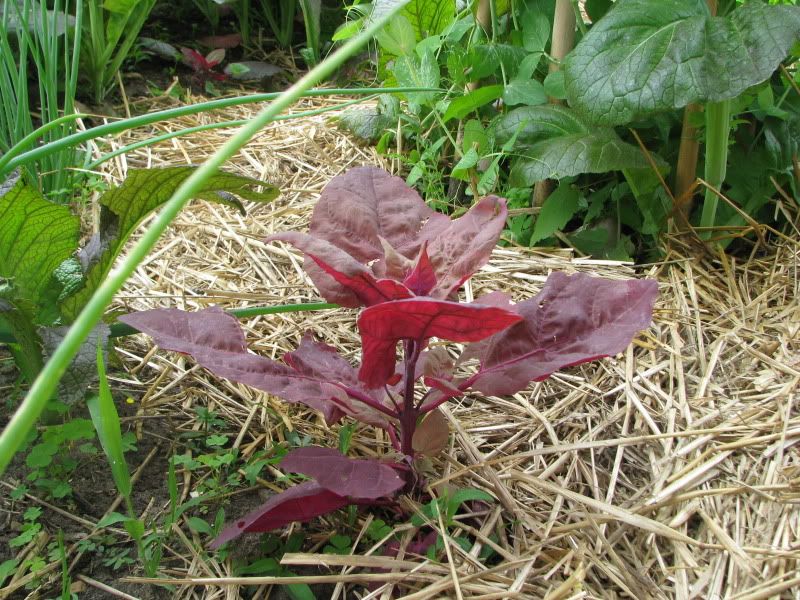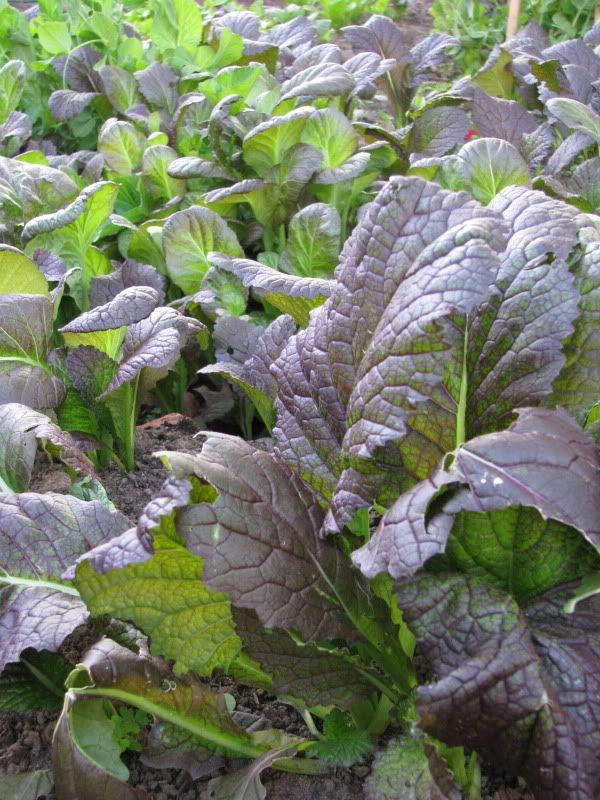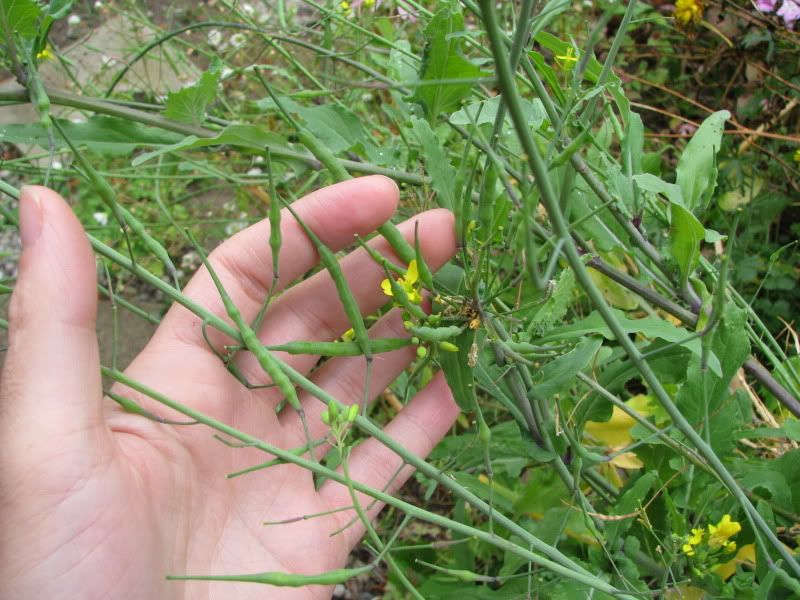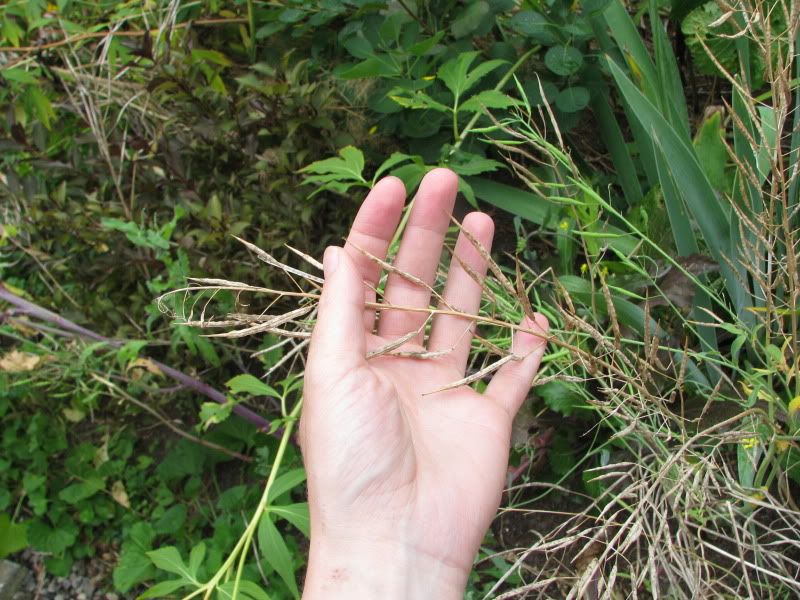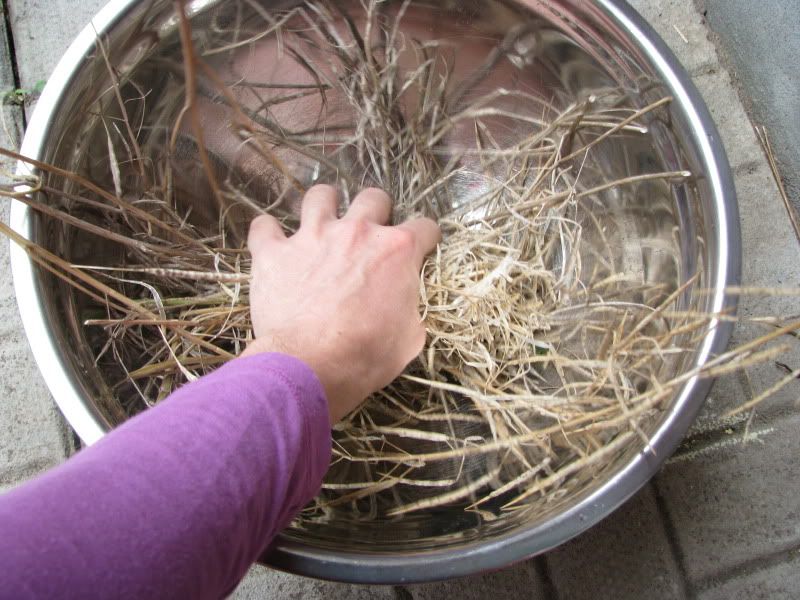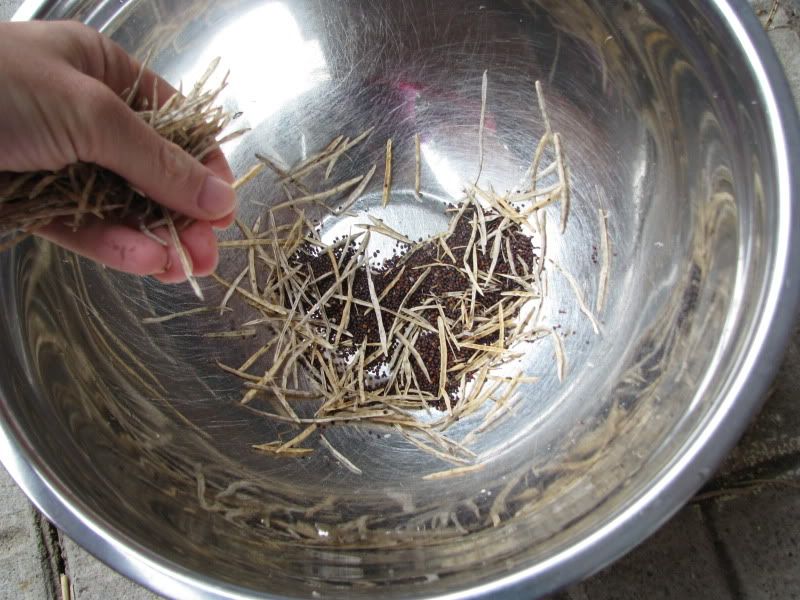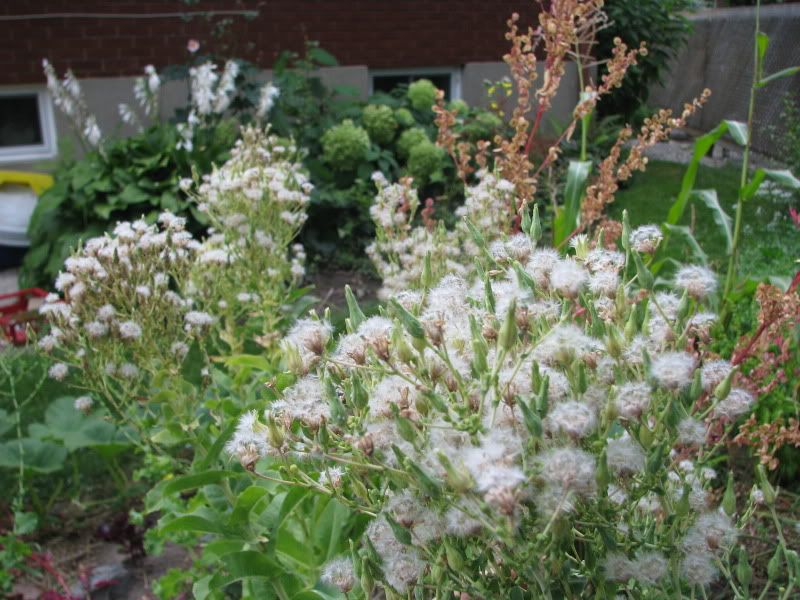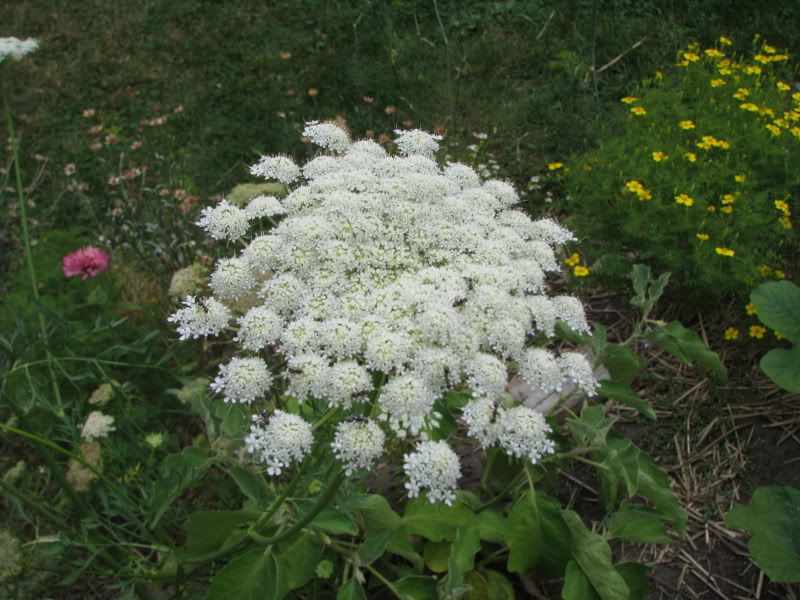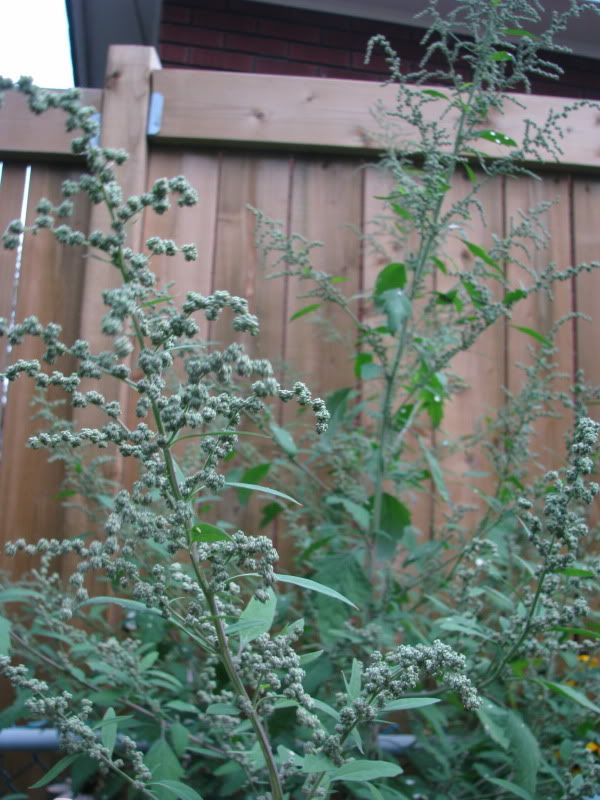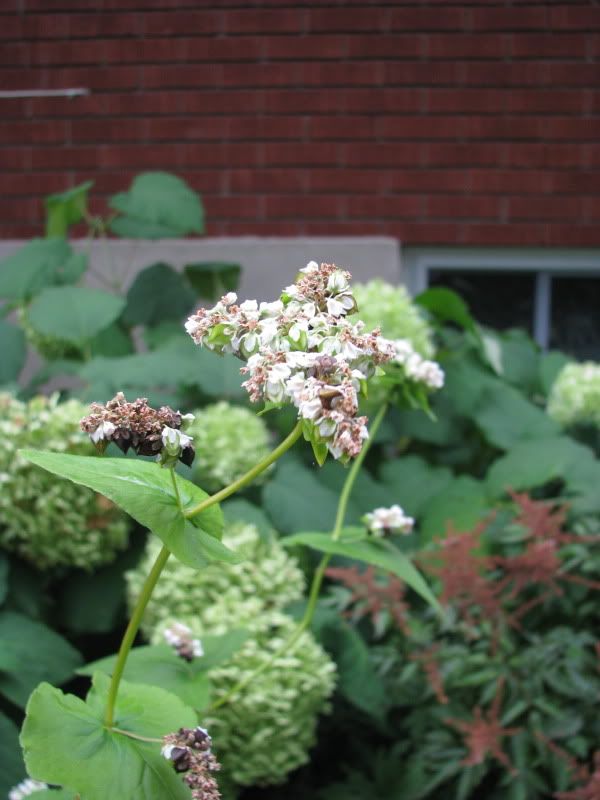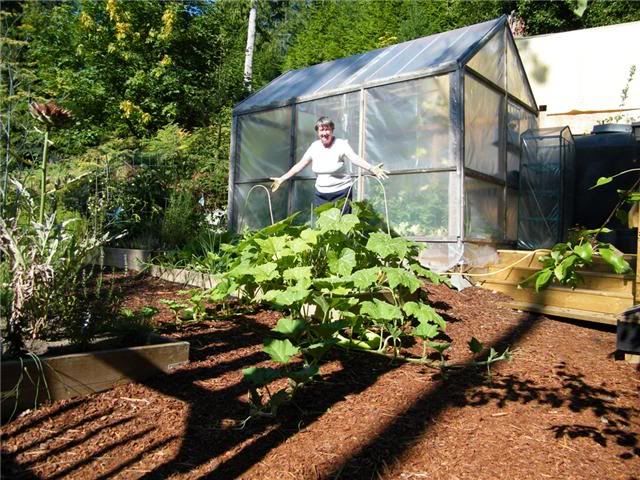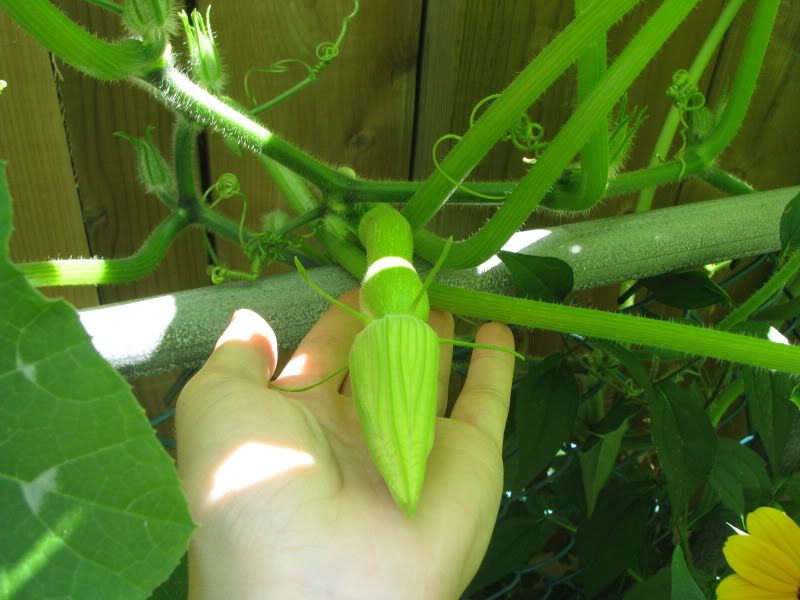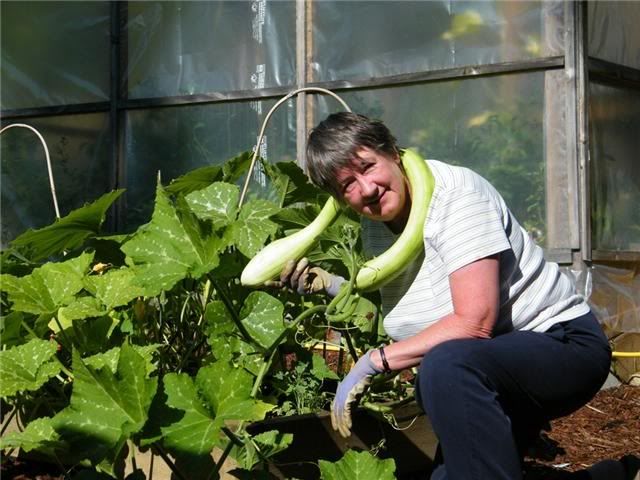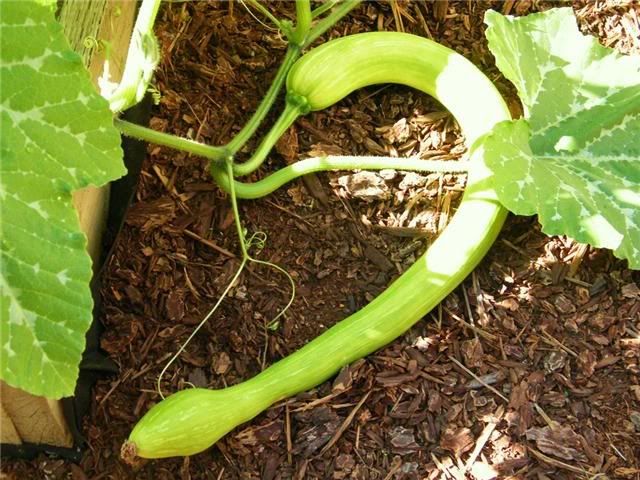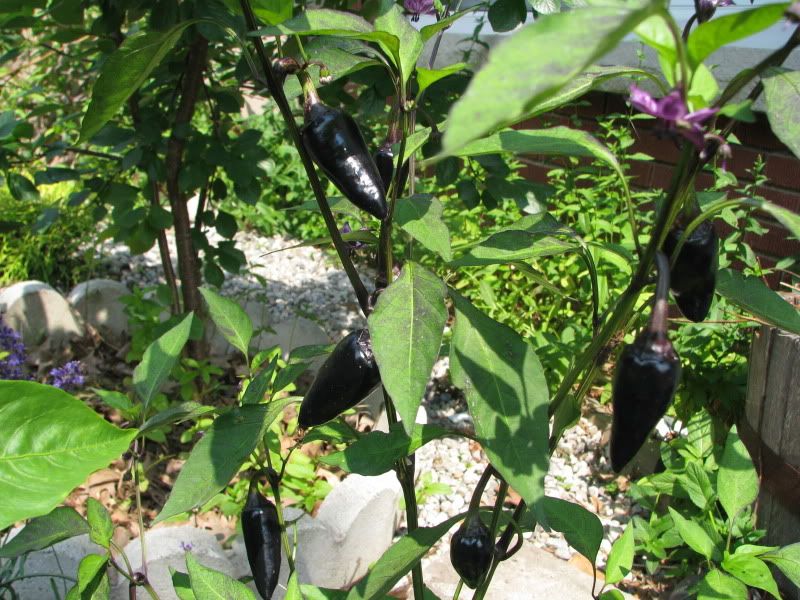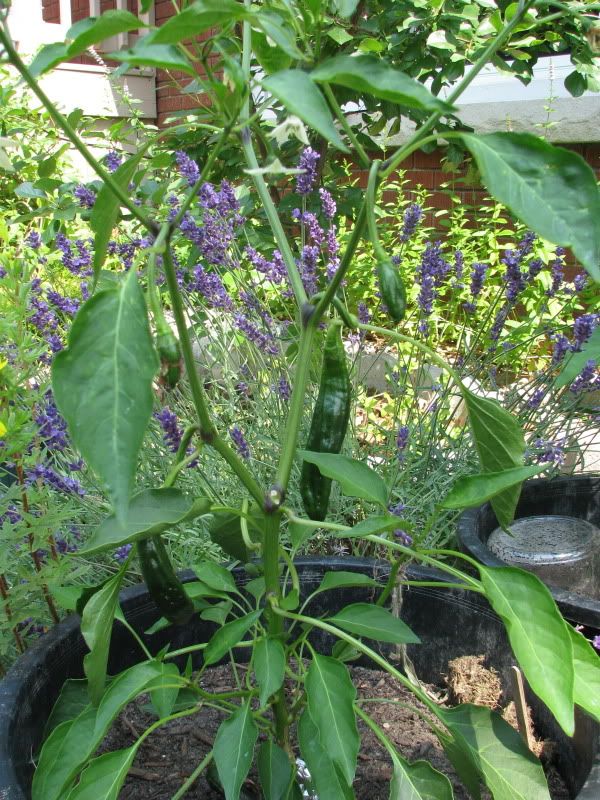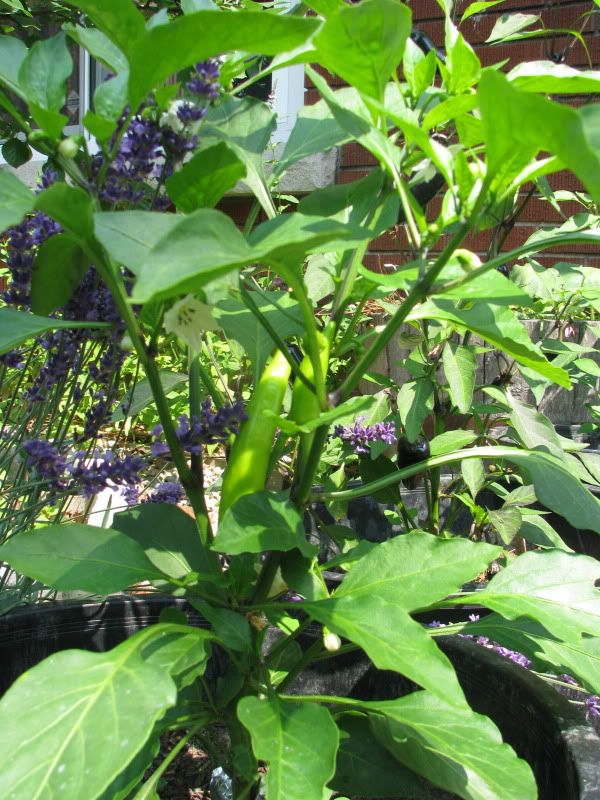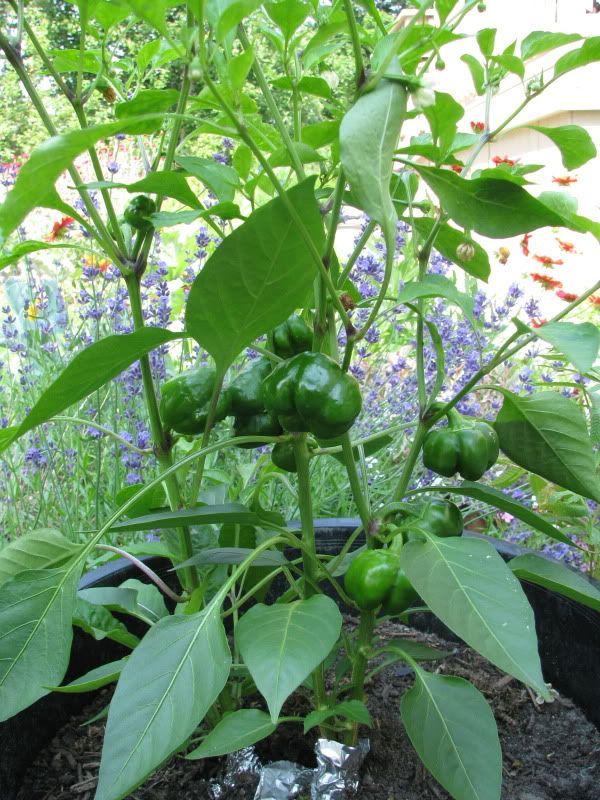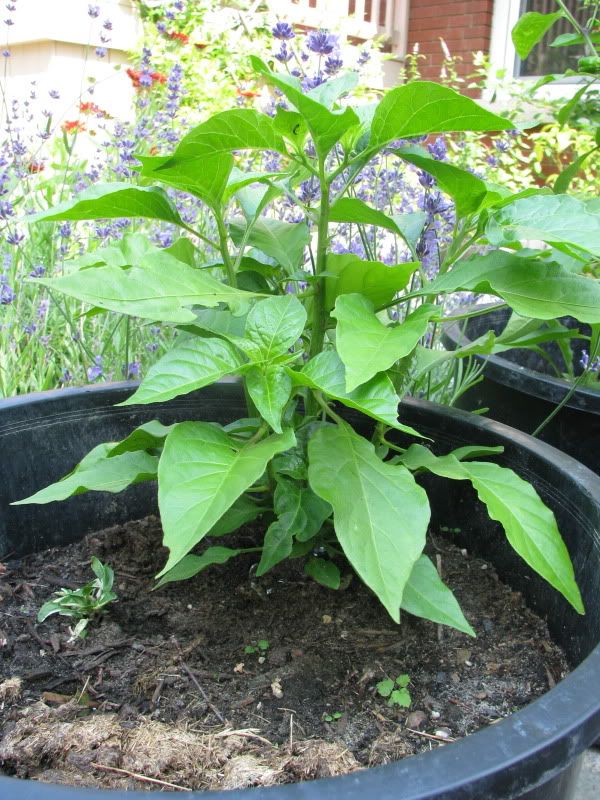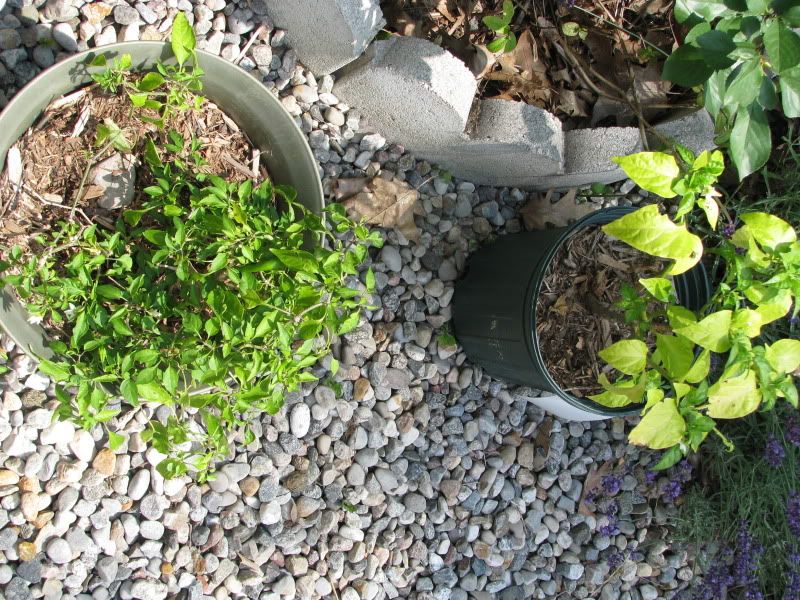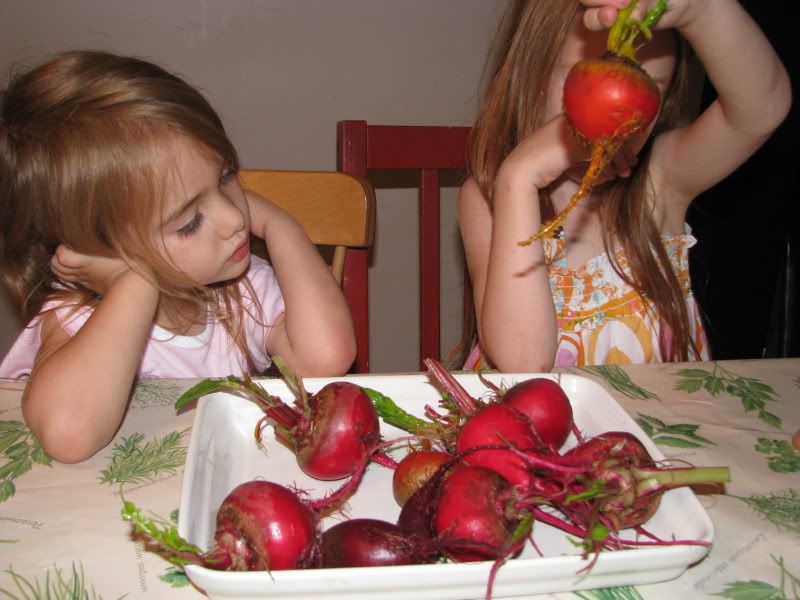
For those of you that are just starting to move beyond the salad garden of tomatoes, cukes and greens, you may have noticed the seed packets of beets next to the more familiar carrots. For many of us, beets are those blood red things that come pickled in cans that you were forced to try at a relative's house but don't let that put you of trying them.
First off, if you observe a few rules, they are easy to grow. Second, they taste good! Third, they can last a long time after harvest in a root cellar or the back of your fridge.
How to Grow BeetsSince you can find lots of articles with basic how to instructions on how to grow them, I'll tell you how my family does it. First of all, pick a spot in part to full sun. Most types are quick growing so you can use them to temporarily fill in a garden space that will be followed by a late crop or intercrop (grow alongside) with a veggie that takes a while to get going. I've seen plans that show beets grown with corn for example, with the corn lightly shading the beets when the season gets hotter. I could see them grown with squash or tomatoes and harvested before those crops get large. Some people intercrop root veggies with members of the onion family to ward off each other's pests.
Do not fertilize. Like most root crops, they don't need too much nitrogen. In fact, they are often shown to be the crop rotated in after a heavy feeder like cabbage. Some people add a little borax to the soil as this is one vegetable that can really suffer from boron deficiency. I've never noticed this problem but I thought I should let you know. Also, they will grow better in a lighter soil that won't interfer with their expansion.
Approximately 2-4 weeks before last frost, get your kids to poke some holes in the dirt about every 4 inches and drop in a seed. These seeds are actually fruit and contain more than one seed. That is except for the rare variety like Golden. This will mean that you should thin later by cutting the baby plantlet off at ground level so there is only one per group. As this is my garden, don't worry about thinning, the slugs will do it for you. Follow the kids around, covering seeds they dropped. Water in and forget about it. If you experience drought and notice the beet leaves have fainted, dump some water on them again. Around midsummer, get the kids to pull, two handed so they fall on their bums giggling but holding their prizes of plump, fat beets.
Replant for a fall crop.
What to do with the things?Well my kids enjoy just watching them cut open to see the variety of colours beets can come in. After that fun, very small, young beets can be cleaned and tossed, leaves and all into salads or stir fries. In our house, we like to bake beets in the oven either alone or with other root vegetables. Just cut into one inch cubes, toss some salt and oil on top and cook until soft on the inside and slightly crisp on the outside. They are also great mashed. Of course there is the famous borsch soup but I've never eaten it, let alone made it. Grate them into a salad or add the same gratings to potatoes, whisked with egg and fried as pancakes.
Of course, you can pickle them...
Storing BeetsI love going down to the cellar in the height of winter to get vegetables from my own garden. They need to be stored in a cool place - just around 0C / 32F - with high humidity but if you don't have a cellar then they'll stay fresh in the back of the fridge, in a plastic bag, for quite a while. I think I've stored some in the fridge for months. Check on them periodically to let them breeze. I fork up a mature fall crop, rip off the top (leaving about an 1 inch of leaves, or the young ones), and replant them, without washing them, in shallow boxes of either dirt (yes, dirt) or sand, under the front, outside stairs. As this storeroom is attached to the house, they don't generally drop below freezing. If I remember, I put buckets of water to keep up the humidity. They usually last several months kept in these haphazard conditions.
You can also bring them up into the light and warmth. Pot them in a pot of moistened sand or whatever, and let them grow some fresh winter greens for you.
Don't let the kids throw them around after picking which might bruise or injur them. This is not an easy lesson for my three year old.
Saving Seed
Beets are biennial so you have to overwinter them to get them to produce seed. For people in mild climates, that'll mean, leaving them in the ground... I wish. If you live in a slightly more challenging environment, then piling a foot of leaves after the cold weather has settled in and the mice have found homes, should keep them... still not really much of a trick. Now for the rest of us, if you want to replant your beets, you have to have maintain a low temp so they don't sprout too much as well as keeping up the humidity. Ideal cellaring conditions would be best. You could try growing your beets in a coldframe late in the season so they need to store for less time. I've had beets survive until January.
In the spring, around the same time you would seed them, replant the best looking ones. Make sure you plant at least 10 (As usual, this is an educated guess based on what I've read, more would be better but you could try it with less) for genetic health. Alternatively, replant a variety of kinds for a mix. They are wind pollinated and will cross with each other and members of their species such as swiss chard so if you don't want a cross, don't let them flower at the same time or isolate your plants.
If beet seed stalks look anything like Swiss Chard, then they will be tall and rangy, perhaps requiring support. When the seed heads are dry, the seed will be ready.
Read more at
Real Seeds, a UK seed company (aka one of those places that can overwinter in situ... lucky ducks) for more info about how to save beet seeds and others.
Types of Beets
Gold ones, white ones, black and striped ones. Long ones, short ones, fat ones and heart shaped ones. Little ones, giant ones, one for sweetening your tea! There are lots of beets. Here are some of my favs.
Golden: There are several beets that go by variations of this name. They grow fast, are bright yellow in the centre with a mild taste and low germination rates.
Chioggia: Striped white and red. Also mild flavoured and non staining. They seem to size up quite fast in my garden as well.
Lutz Leaf Keeper: Grown primarly for salad greens. Nice roots, good storage root.
Cylindra: Has more cylindrical roots, hence the name. Someone told me this was good for making even slices. I'm not overly thrilled with it yet.
Bull's Blood: Grown as a bright red salad leaf crop primilarly.
Detroit Dark Red: Good at staining shirts. A commonly found beet variety.
There are lots more and I hope that some of you contribute your knowledge of other beet varieties.
